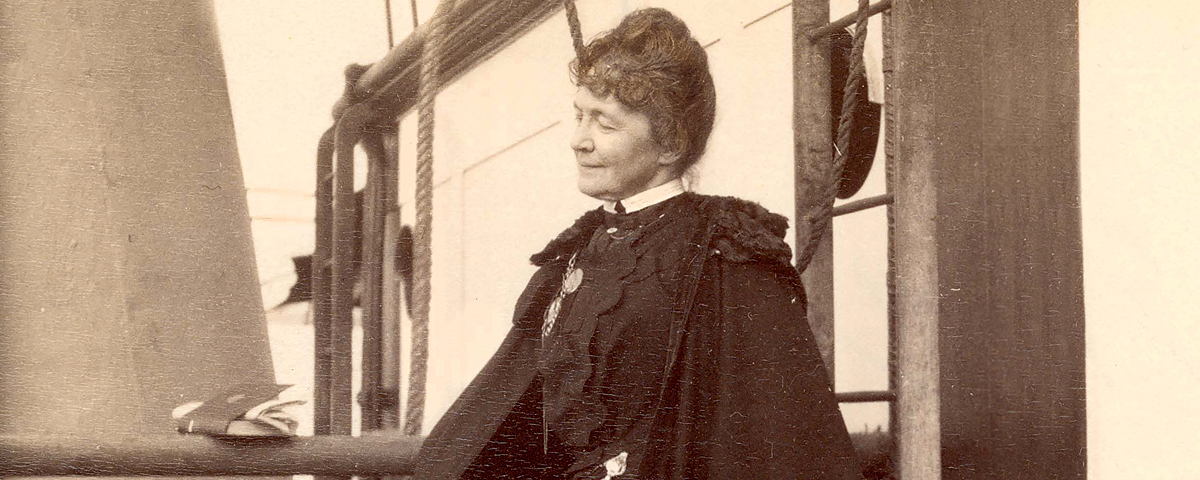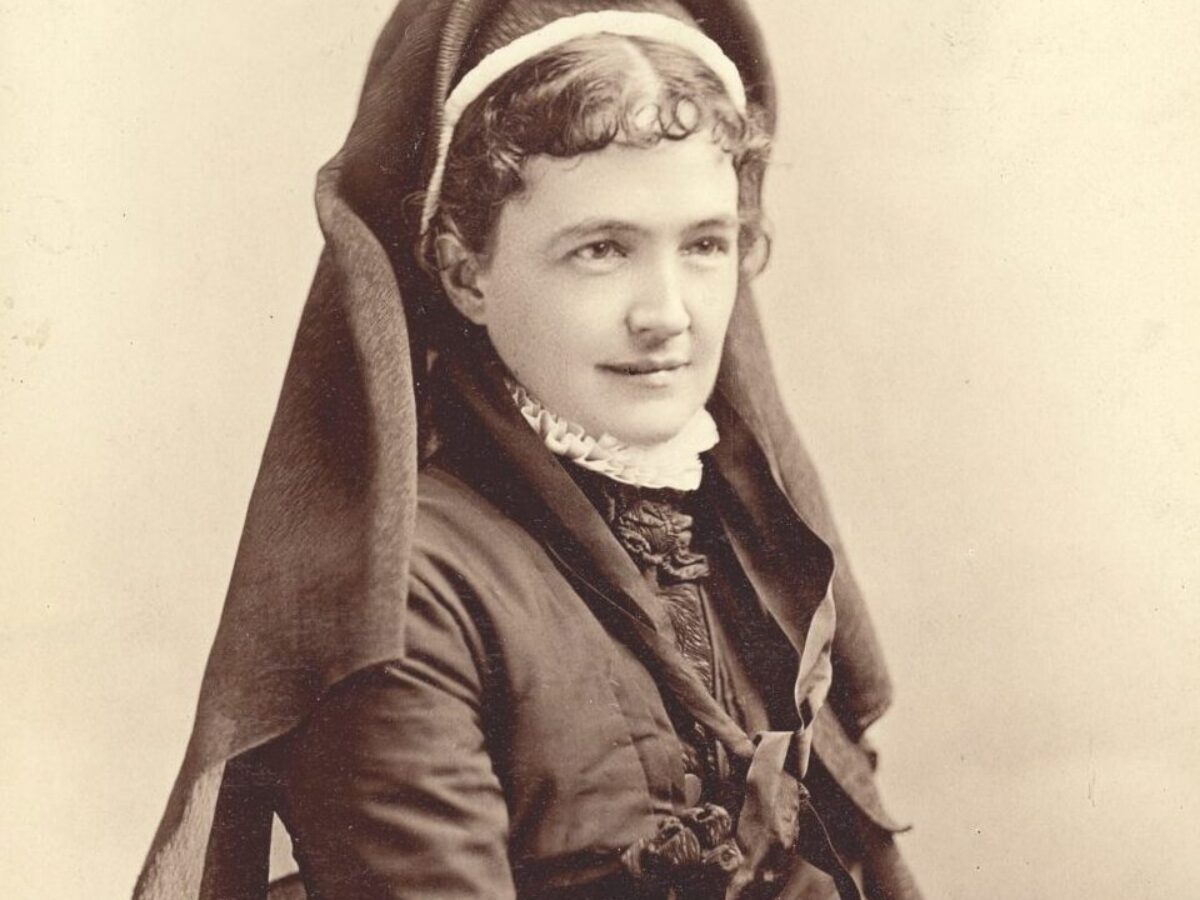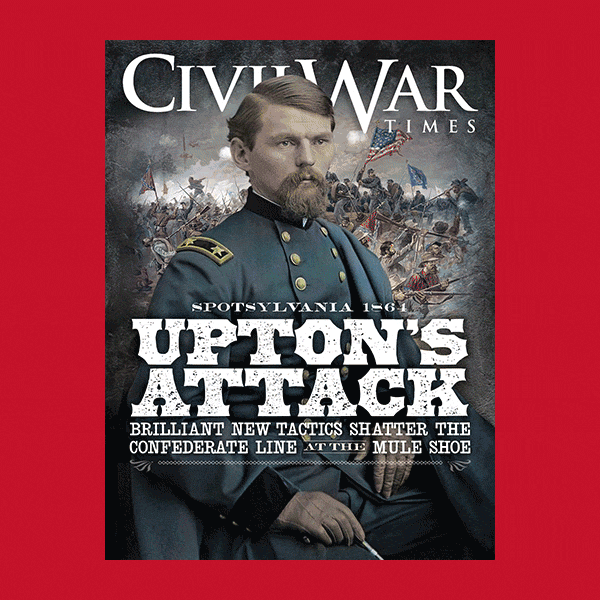Recommended for you
Following the decimation of the 7th Cavalry at the Little Bighorn in June 1876, Elizabeth “Libbie” Bacon Custer devoted the remaining 57 years of her life to carefully constructing the legend of her husband, General George Armstrong Custer. Always the foremost champion of Custer’s ambitions, in widowhood Libbie Custer portrayed the late general as a model of bravery and patriotism. To counter Custer’s detractors, who were raising questions about the general’s role in the debacle on the Montana plains, Libbie made the couple’s personal correspondence available to writer Frederick Whittaker. Whittaker’s glowing biography, A Complete Life of Gen. George A. Custer, appeared only six months after Little Bighorn and became the standard source of information about Custer for many years.
Libbie, who had accompanied her husband to his frontier posts, wrote three well-received books about Army life in the West—Boots and Saddles (1885), Tenting on the Plains (1887) and Following the Guidon (1890)—all of which further added to the Custer myth and mystique. Her opinion carried so much weight that when she disapproved of a statue of her husband erected at West Point, it was removed. Critics of the late general, even those in the military, rarely made their opinions public out of deference to Libbie. The first unfavorable biography of Custer, Frederic Van De Water’s GloryHunter (1934), was not published until after her death. (The heroic depiction of Custer continued in popular film until John Ford reinterpreted the story in his 1948 classic Fort Apache.)
Libbie became essentially a professional widow, traveling around the world and making an ample living from her writings and public lectures about her husband and the West. When she died in her Park Avenue apartment in New York on April 4, 1933, just four days shy of her 91st birthday, Elizabeth Bacon Custer left an estate valued at more than $100,000. She was buried beside her husband at West Point.
Originally published in the April 2006 issue of Civil War Times.







